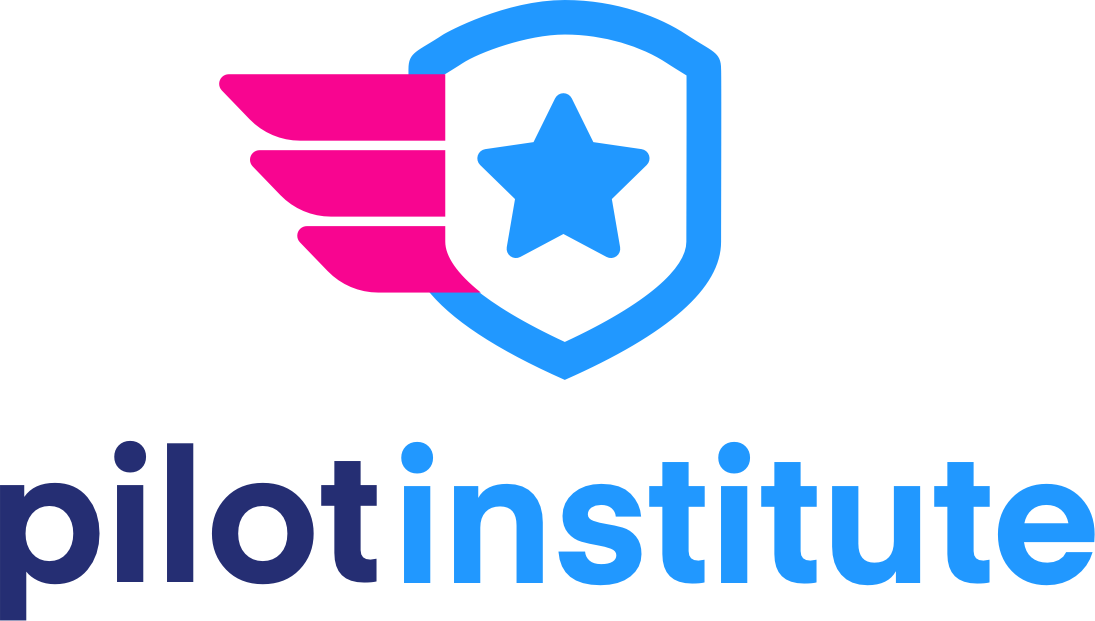BVLOS ARC Perspectives from the FPV Freedom Coalition
The FAA released the Beyond Visual Line of Sight Aviation Rulemaking Committee (BVLOS ARC) report March 10, 2022. This report is a set of industry recommendations to the FAA which they will use as input to BVLOS regulations which are needed so we may fly BVLOS without a waiver. The FPV Freedom Coalition’s Dave Messina was a Member of the ARC and sees both good and bad things for recreational UAS pilots in the report.
Comments in the press:
A number of companies have stated they were happy to have been a part of the BVLOS ARC process. UASLife has provided the most detail and is reporting on the summary recommendations. Most everyone appears to be supportive of the move forward to BVLOS regulations. No one has provided the context of where we are in realizing a FAA-issued set of rules on BVLOS. We will share that here:
What is the ARC and the timeline towards a BVLOS Rule
The FAA commissioned a group of approximately 90 companies in June of 2021 to create a comprehensive set of recommendations for commercial Beyond Visual Line of Sight. The objectives in the report are written so they could have encompassed both commercial and recreational. However, in scoping discussions, recreational sUAS operations were explicitly excluded. The recommendations of this Aviation Rulemaking Committee were submitted to the FAA on March 10, 2022. The FAA will now review this submission across the various FAA organizations as well as key federal agencies including DHS, DOJ and DOD. Based on experience from recent UAS (sUAS) FAA regulations, we estimate that it will be two to three years before BVLOS regulations are issued. The FAA understands that these regulations gate innovation and business growth in the USA.
FPV Freedom Coalition actively represented recreational pilots on the BVLOS ARC
The FPV Freedom Coalition has been actively representing recreational UAS pilots for the last three years. The FPV Freedom Coalition has been an active participant in nine FAA Drone Advisory Committee (now Advanced Aviation Advisory Committee) Tasking Groups, the ASTM Remote ID working group, was accepted in February 2022 to be a member of the FAA-industry, Drone Safety Team and was proud to be selected as one of the 90 companies to be a member of the Beyond Visual Line of Sight - Aviation Rulemaking Committee in June of 2022. The work on the BVLOS ARC was exhausting and intense. The FPV Freedom Coalition feels the recommendations made to the FAA will help accelerate the pace of UAS regulation and it clearly identifies issues and stakeholders across the crewed and uncrewed areas of aviation. Dave Messina was proud to facilitate difficult discussions, write sections and present positions over the development of the ARC report.
Key points from the ARC Report:
Flight Rules & Shielded Operations
This begins on page 30 of the pdf report. Today, sUAS must yield the right of way to crewed aircraft in all situations. These recommendations change that. First, the ARC proposes that for a crewed aircraft to operate in Class G below 400’ AGL, the crewed aircraft must have ADS-B out enabled. This allows the UAS to detect the crewed aircraft and yield right of way. If the crewed aircraft chooses not to use ADS-B, the crewed aircraft must yield right of way to the sUAS.
If you would like to understand this more deeply, read pages 75 through 85 in the BVLOS ARC report where our recommendations are detailed. First, much of right of way regulation is related to a well clear distance as well as “see and avoid”. The first flight rule recommendation is to change “see and avoid” to “detect and avoid”, this would allow current technology to provide sufficient detect and avoid sensing to provide safe operations. FPV Freedom Coalition supports this recommendation completely as the current requirements of well clear are not reasonable and reduce the number of aircraft capable of compliance to only the largest UAS.
The next important recommendation is the one touched on above, where crewed aircraft flying below 400’ AG and not using an ADS-B out transponder, would have to yield right of way to UAS. This is a big change and FPV Freedom Coalition supports this recommendation. Today, anyone who is studying for or has their part 107 certificate, knows that all UAS must yield right of way to all crewed aircraft, all the time. This recommendation asserts that the number of crewed aircraft actively flying below 400’ AGL are for public safety or industrial use like agriculture spraying. The position is that it is reasonable for crewed aircraft to have an ADS-B transponder on their aircraft. If they do, the UAS must yield right of way. If the crewed aircraft operator prefers to not use existing technology to share the responsibility of detect and avoid, then the rule should be changed that the crewed aircraft must yield right of way. This will be a hotly contested issue.
Flight Rule recommendation FR 2.4 is near and dear to our hearts. This recommendation defines shielded operations as 100’ above and 100’ laterally around an obstacle or structure. By saying “obstacle or structure” the meaning is natural (a tree) or man-made. Of note, this recommendation is made for part 107 pilots. This is the recommendation FPV Freedom Coalition will be asking the FAA to extend to recreational UAS operators’ rules (USC 44809).
Part 107 and Part “108”
This is an extremely important set of recommendations because it separates operations which the ARC recommended are authorized under part 107 or an extension of part 107. Additional testing would probably be required. However, this is a big win for small businesses using UASs if this recommendation is taken on by the FAA as it allows for aircraft to fly without being type certified. This means that UAS with the addition of Remote ID may suffice to fly extended part 107 operations. There is no reference in the report to a “Part 108”. Rather, it is referred to as a new class of operator. In this document, we will characterize the new certification as “Part 108”. We do this to clarify to the reader that this new certification is different from Part 107. This “Part 108” certification will have implications for the pilot training and examinations as well as additional requirements on the aircraft, notably type certification. Type certification is the intensive development, manufacturing, and maintenance process established for crewed aircraft and now being reshaped for uncrewed aircraft greater than 55 pounds.
Target Level of Safety (TLOS) - Kinetic energy; implications for sUAS
The diagram on page 40 provides some insight into this topic. We have seen kinetic limits as part of rules in Operations Over People. These recommendations put forward a single value of 800,000 ft-lb for UAS above 55 pounds. For sUAS (<55 pounds), the FPV Freedom Coalition’s perspective of these kinetic recommendations are worrisome for two reasons. We participated in the AAAC Tasking Group 11 which recommended to the FAA to use a Target Level of Safety for all UAS. This process is dramatically superior to just a kinetic energy value as it does a much better job of considering the safety of humans struck by UASs. To demonstrate the limitation of just considering kinetic energy, a bullet and a basketball possess the same kinetic energy. Which would you rather be hit with? A bullet shot from a rifle or a basketball thrown by a person. The second concern with the ARC recommendations is that just a single value of 800,000 ft-lbs was submitted as part of the recommendations. If the number on the chart of 530 ft-lb is picked up for sUAS, that would mean a half pound UAS would just exceed the kinetic energy limits as 102 mph. Or, a two pound UAS would exceed the K.E. limit at 72 mph If overly conservative values are put in place by the FAA for sUAS, we could be required to add parachutes or other devices to slow down our recreational UAS. We don’t view this as an intelligent way to make a hobby which is already one of the safest on the planet, safer. Using the Target Level Of Safety would consider the materials among other characteristics and be a better way to continue to achieve great safety metrics with sUAS’s.
3rd Party Participation; aka Cargo and people Carriers
Make no mistake, this is where the money is. This section of the report relates to UAS delivery which is happening today by UPS, Google Wing, Walmart and Amazon. It also relates to cargo and people carriage which falls under the new headings of either Urban Air Mobility (UAM) or AAM (Advanced Air Mobility). Examples of this include amazing engineering companies like Joby. A critical aspect of AAM will be Unmanned Traffic Management, which is conceived to be completely autonomous and contracted by the FAA to private enterprise. This is the other area commercial UAS industry people see the potential to make money. FPV Freedom Coalition has been involved in FAA DAC (AAAC) Tasking Groups on UTM and has had follow up discussions with NASA on UTM. The FPV Freedom Coalition will remain diligent with respect to AAM and UTM to ensure recreational pilots are not grounded or relegated to the periphery as these segments of the UAS industry evolve.
Next Steps:
The FPV Freedom Coalition has already volunteered to work on the next FAA AAAC Tasking Group on Advanced Aviation Mobility. In addition, the FPV Freedom Coalition was accepted into the FAA-Industry Drone Safety Team in February 2022 and will be participating in upcoming projects. Also, the FPV Freedom Coalition will refresh recreational pilots on UAS Remote ID requirements which go into effect for manufacturers in September 2022 and UAS pilots in September 2023. Also, you can meet us at the 2022 Flite Fest in Malvern, Ohio where we will be leading the FPV experience for the Flite Test team on June 23 - 26, 2022.
With respect to BVLOS ARC, we will be watching for opportunities to discuss the ARC recommendations with Congressional Representatives as they prepare the 2023 FAA Reauthorization Act .






